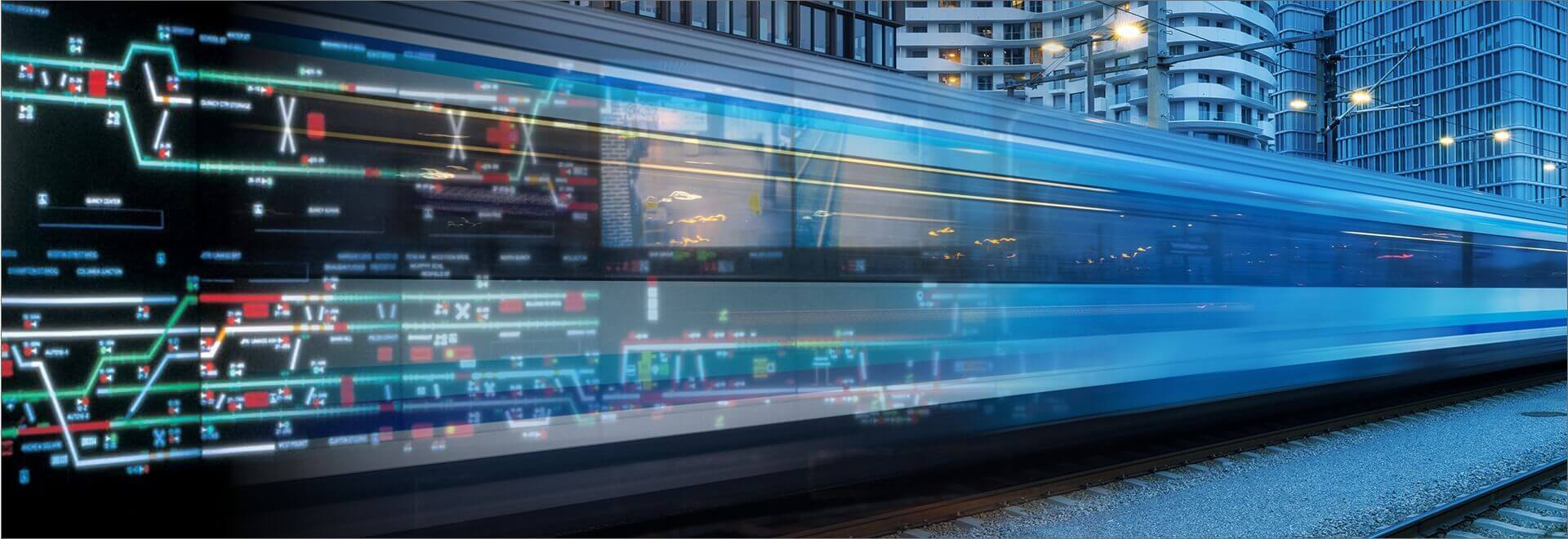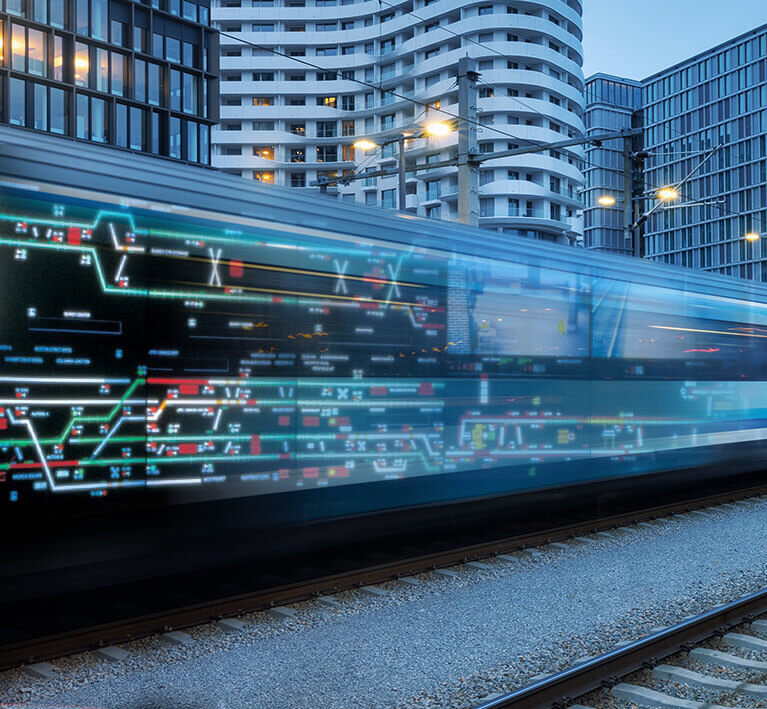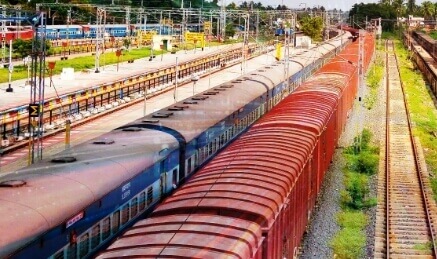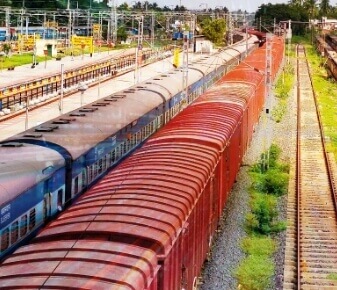India kickstarted its smart automation journey with the Delhi Metro Rail Corporation (DMRC) rolling out the nation's first driverless train in the National Capital in 2020. With that, DMRC joined the prestigious league of 7 percent of the world’s metro networks operating this technology.1 The mass rapid system has also become the world's fourth largest network in terms of driverless technology.2
The DMRC is currently at GoA 1 with “roving attendants” to respond to any emergency on board. However, the metro operator plans to switch to the Driverless Train Operation (DTO) mode wherein all train operations can be supervised entirely from the three command centres of the DMRC and eventually move to being fully automated at GoA 4, eliminating all human intervention on board.
Hitachi Rail: Driving the Success of Rail Automation
As leaders in integrated rail solutions, Hitachi Rail understands the growing imperative for the fast adoption of digital and automation technologies in fast-emerging economies like India. The increasing pressure on rail networks as a result of growing demand for connectivity requires modern infrastructure that can upgrade capacity ahead of demand, as envisioned under the National Rail Plan 2030.3 This can only be achieved through digitalization and automation.
The realization of fully-automated trains will, however, require the latest rolling stock and signalling technologies such as CBTC amongst other requirements. As a technology leader in signalling solutions, Hitachi Rail is supplying its proven CBTC solution to leading metro operators in fast-growing cities to introduce driverless train technology.
CBTC is a modern communication-based system that uses radio communication to transfer real-time train control information to the wayside equipment distributed along the line. This helps determine the train’s exact location, speed, braking distance, and other parameters, for enhanced rail performance and passenger safety.
Hitachi’s Communication-Based Train Control (CBTC) System: Backbone of Driverless Technology
CBTC vs. Traditional Signalling
CBTC Benefits
-
Conventional Signalling System uses Fixed Blocks
Permits only one train at a time between stations
-
CBTC System uses Moving Blocks
Train’s exact location determined using a wireless system. Headway (gap between trains) can be controlled allowing trains to run closely together safely
-
Increased Rail Capacity
Maximum track utilization due to closer headways
-
Cost Savings
Significant maintenance savings and reductions in the amount of equipment needed
-
Improved Passenger Experience
CBTC powers Passenger Information Systems, enables train punctuality and shorter dwell time at stations
-
Safety
Safe train separation & over speed protection
-
Improved Reliability
Predictable and punctual train services
-
Lower Carbon Emissions
Energy efficiency through smooth braking, optimized acceleration
CBTC vs. Traditional Signalling
-
Conventional Signalling System uses Fixed Blocks
Permits only one train at a time between stations
-
CBTC System uses Moving Blocks
Train’s exact location determined using a wireless system. Headway (gap between trains) can be controlled allowing trains to run closely together safely
CBTC Benefits
-
Increased Rail Capacity
CBTC powers Passenger Information Systems, enables train punctuality and shorter dwell time at stations
-
Cost Savings
Significant maintenance savings and reductions in the amount of equipment needed
-
Improved Passenger Experience
CBTC powers Passenger Information Systems, enables train punctuality and shorter dwell time at stations
-
Safety
Significant maintenance savings and reductions in the amount of equipment needed
-
Improved Reliability
Predictable and punctual train services
-
Lower Carbon Emissions
Energy efficiency through smooth braking, optimized acceleration
Hitachi’s CBTC amongst other solutions is already powering metros in burgeoning cities such as Noida Metro and Kolkata Metro. We are executing the Navi Mumbai Metro Line 1 CBTC as well. For Mumbai Metro Lines 2&7, Hitachi Rail has provided a robust Train Control Management System (TCMS) which will allow Unattended Train Operation, with high-level technology and safety.
Hitachi will continue to leverage its Social Innovation Business and rail expertise to support India in taking a global leadership role in the mobility sector, thereby Strengthening Global India, its Net Zero goals, and the achievement of Sustainable Development Goals (SDGs), in particular SDG 11: Sustainable Cities and Communities.












